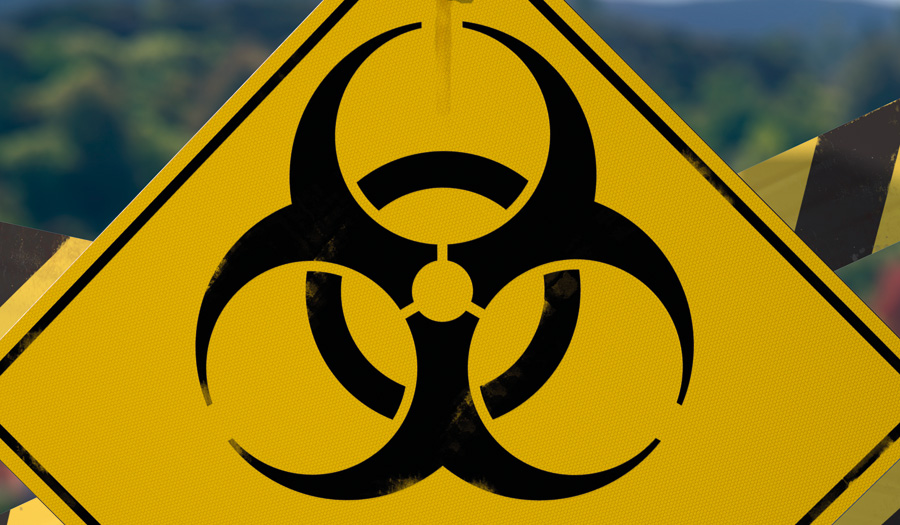 View / Download pdf version of this article
View / Download pdf version of this article
Traditionally, chemotherapy is carried out in a hospital setting. However, oral chemotherapy is now increasingly being
dispensed in the community and taken by patients at home. To improve patient safety and treatment effectiveness, clear,
and preferably documented, communication is required between patients, oncologists, general practitioners and pharmacists.
General practitioners can improve the safety of community-based chemotherapy by:
- Discussing the treatment plan with the patient, pharmacist and oncologist
- Being aware of all medicines the patient is taking, including over-the-counter or complementary and alternative medicines
and assessing the risk of interactions with the chemotherapy regimen
- Ensuring that the patient has been provided with clear written instructions, including start and stop dates for each
chemotherapy cycle
- Providing support to the patient throughout treatment and regularly monitoring them for adverse effects, particularly
those requiring immediate referral to secondary care
Pharmacists need to recognise when they receive a prescription for a cytotoxic medicine, and have additional safety
procedures in place, e.g. confirming medicines dispensed match those on the treatment protocol, checking any calculations
based on the patient’s body surface area are correct, checking that quantities for chemotherapy cycles are appropriate,
and including the start and stop dates for cycles of treatment on prescription labels. Pharmacists should verify at dispensing
that patients understand their treatment protocol.
 For further information, see: “Improving the safety of community-based chemotherapy”, BPJ 71 (Oct, 2015).
For further information, see: “Improving the safety of community-based chemotherapy”, BPJ 71 (Oct, 2015).